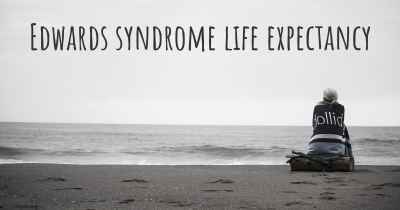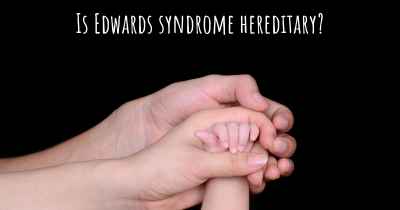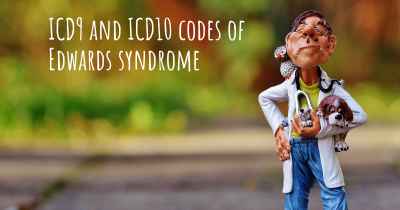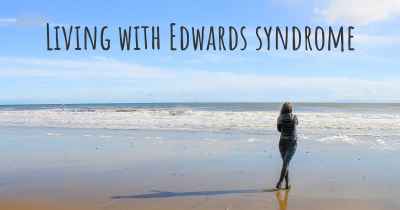Is it advisable to do exercise when affected by Edwards syndrome? Which activities would you suggest and how intense should they be?
See if it is advisable for people with Edwards syndrome to practice sports and which ones are the most recommended if you have Edwards syndrome
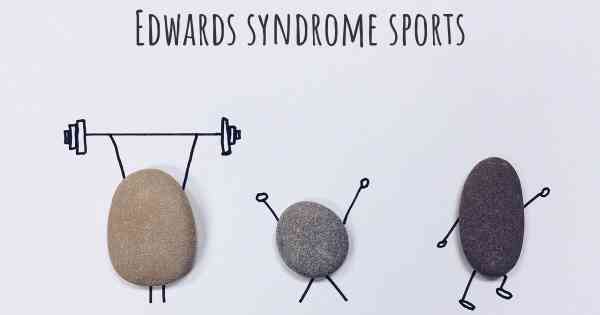
Exercise and Edwards Syndrome
Edwards syndrome, also known as Trisomy 18, is a genetic disorder caused by the presence of an extra copy of chromosome 18. It is a rare condition that affects various systems of the body and can lead to severe developmental delays and physical abnormalities. Given the complexity and severity of Edwards syndrome, it is crucial to approach exercise with caution and consult with healthcare professionals before engaging in any physical activities.
Benefits of Exercise
While individuals with Edwards syndrome may have significant physical and cognitive limitations, incorporating appropriate exercise can still provide some benefits. Regular physical activity can help improve muscle strength, flexibility, cardiovascular health, and overall well-being. It can also contribute to maintaining a healthy body weight and reducing the risk of secondary health complications.
Exercise Recommendations
When considering exercise for individuals affected by Edwards syndrome, it is essential to focus on activities that are safe, enjoyable, and tailored to their specific abilities and limitations. Here are some recommendations:
1. Low-Impact Activities: Opt for low-impact exercises that are gentle on the joints and muscles. These can include walking, swimming, stationary cycling, and modified yoga or stretching routines. These activities can help improve cardiovascular fitness, flexibility, and muscle tone without placing excessive stress on the body.
2. Range of Motion Exercises: Incorporate range of motion exercises to maintain joint flexibility and prevent stiffness. These exercises involve moving each joint through its full range of motion, such as gentle arm and leg swings, shoulder rolls, and ankle rotations. Performing these exercises regularly can help improve mobility and prevent contractures.
3. Adaptive Sports: Explore adaptive sports programs or activities specifically designed for individuals with disabilities. These programs often offer modified versions of popular sports, such as wheelchair basketball, seated volleyball, or adaptive swimming. Participating in adaptive sports can provide opportunities for social interaction, skill development, and overall enjoyment.
4. Supervision and Support: It is crucial to ensure that individuals with Edwards syndrome are supervised during exercise sessions to prevent accidents or injuries. Depending on their level of functioning, they may require assistance or support from caregivers, therapists, or trained professionals. The level of supervision should be determined based on their individual needs and abilities.
5. Individualized Approach: Each person with Edwards syndrome is unique, and their exercise program should be tailored to their specific abilities, limitations, and medical considerations. It is essential to work closely with healthcare professionals, such as doctors, physical therapists, or occupational therapists, to develop an individualized exercise plan that takes into account their overall health, physical abilities, and any specific precautions or contraindications.
Intensity and Duration:
The intensity and duration of exercise for individuals with Edwards syndrome should be carefully determined based on their individual capabilities and medical condition. It is crucial to start with low-intensity activities and gradually increase the intensity as tolerated. The duration of exercise sessions should also be adjusted according to their stamina and energy levels.
Monitoring and Adaptation:
Regular monitoring of the individual's response to exercise is essential. This can be done through observation, communication, and feedback from the person themselves or their caregivers. If any signs of discomfort, fatigue, or adverse reactions are observed, the exercise program should be modified or discontinued as necessary.
Conclusion
While exercise can offer some benefits for individuals affected by Edwards syndrome, it is crucial to approach it with caution and seek guidance from healthcare professionals. The focus should be on safe, low-impact activities that are tailored to their abilities and limitations. By taking an individualized approach and closely monitoring their response to exercise, it is possible to promote physical well-being and enhance their overall quality of life.
